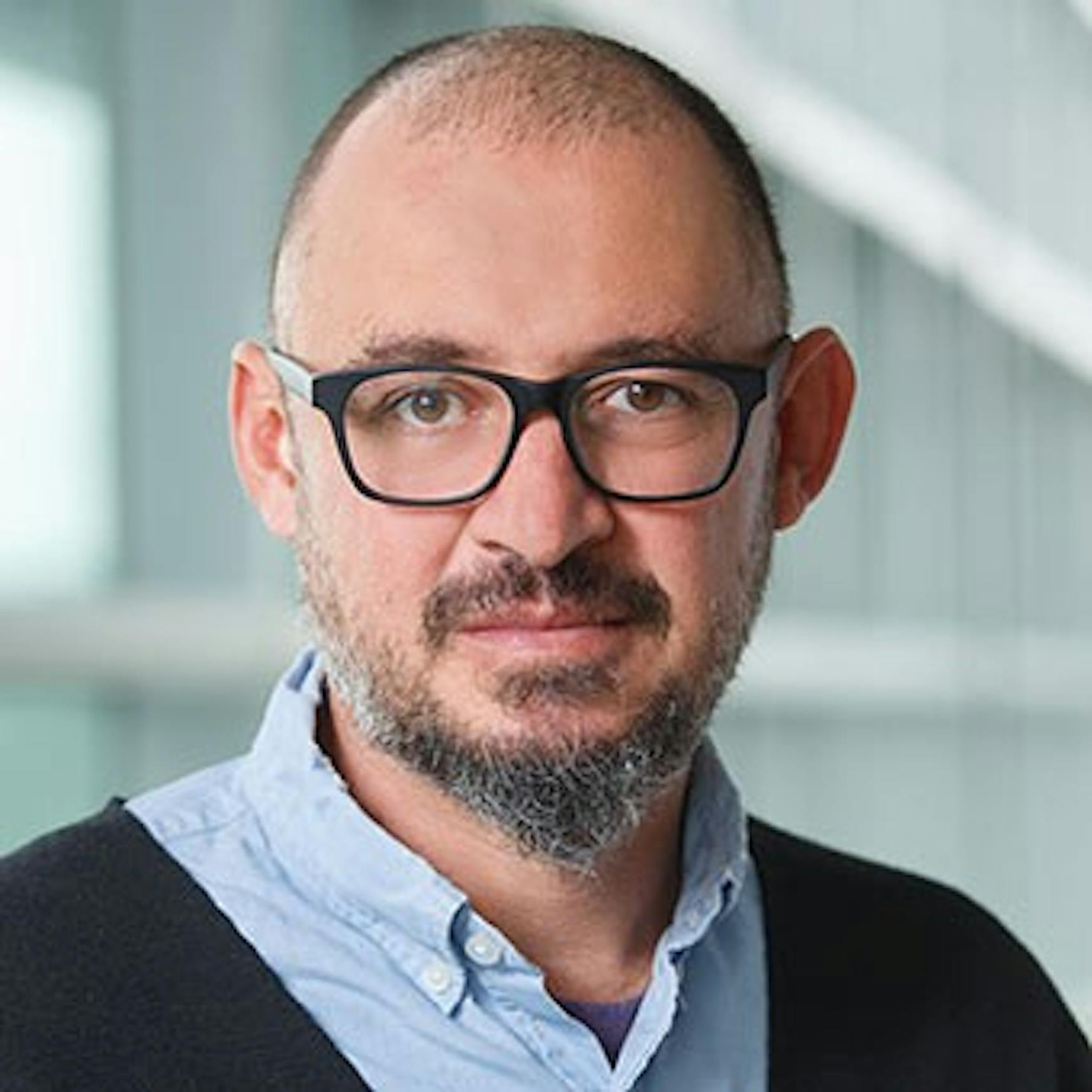Interview with Alfredo Gisholt
Last week, JustArts&Culture spoke with Professor Alfredo Gisholt (FA) about the upcoming Drawing Marathon on Jan. 25 and 26.
JAC: Please tell us a bit about the Drawing Marathon. Who would participate in the event? What is provided in the event?
Alfredo Gisholt: We’ve done drawing marathons in the past. And I think maybe about 3 or 4 years ago, another faculty and I were talking about how special it is to have the opportunity to work in the studio for 8 hours continuously. Because of the scheduling, we don’t have the ability to do that without drawing classes or painting classes. There are precedents for these drawing marathons. We had some in the past hosted by the visiting artists, and there are a lot of other schools that do them. It’s a way to give students an experience that is unlike the daily kind of experience that would have in your studio classes. So it is two days long, eight hours a day, … There is nothing like the continuity of eight hours of drawing. We provide all the materials, I am organizing it so what I like to do is always have a subject to respond to. We, in the past, had models that came in. Last time we had two models for both days and we drew from the figures. We also set up arrangements and people respond to that. In terms of who we invite, we make it public. We encourage all the drawing students to take it, or to participate, but it’s not just drawing students. We advertise here in the Fine Arts building and through our listserv, and that’s kind of the reach out that we do.
JAC: I’ve previously heard of drawing marathons as an “unorthodox drawing experience” and a way for students to perceive the world and express themselves in an innovative way. What would you say is your expectation for this activity?
AG: I think I would like the students to just have an experience. By that I mean that a lot of visual art is very much concerned with having a certain kind of clarity as to what the outcome is going to be. … when you get to a certain point where you feel like you’ve achieved your original premise, you stop. What I want to do with the drawing marathon, one of the things you probably heard of as being unorthodox, is that we try to create a situation where those explotations are removed. … A set of unexpected things happen, both internally from a personal place and externally in terms of the appearance of the drawing. So for example, some of the things that I may tell students after they drawn for two or three hours, I would say ‘take a cloth and erase the whole thing’ and start over, with your eraser and think about light. It’s kind of the thing that you wouldn’t normally do because you would want to get to the sort of specific outcome that you set up initially, but I do a lot of things where I intervene so that it becomes a new way of thinking about making images. … A lot of other [schools], … [their marathons are] two or three weeks long, eight hours a day. When you come in time after time, things change. … In a way, it is not necessarily image-driven. It’s much more about the experience one gets when participating.
JAC: What happens to the artwork?
AG: We give it to the student. Last time that we did it, I asked all the students if I could keep their work for a couple of weeks. We work at Epstein, which is by the Women’s Studies Research center, and that’s the studio we use. I brought it up here and I put it up on the wall to share it with everybody. It’s a kind of informal exhibition. And we put it up for a couple weeks and then students keep it. Some that are art majors use it as a source for other works. There were a couple painting majors last year who were very interested in painting figuratively. They brought the drawings back and used them as references.
JAC: Is there anything else you would want our readers to know?
AB: It is an opportunity for students outside of the department to directly participate in activities generated by our department. We do a lot of them. It is part of our real desire to include more than just Fine Art students. All you have to come with is a real open attitude and a desire to put in an eight-hour day of drawing. We do these activities to not just meet in the structure of the classroom, to take the activity outside of the classroom, and anyone can join. You do have to sign up.
— Jacqueline Wang



Please note All comments are eligible for publication in The Justice.